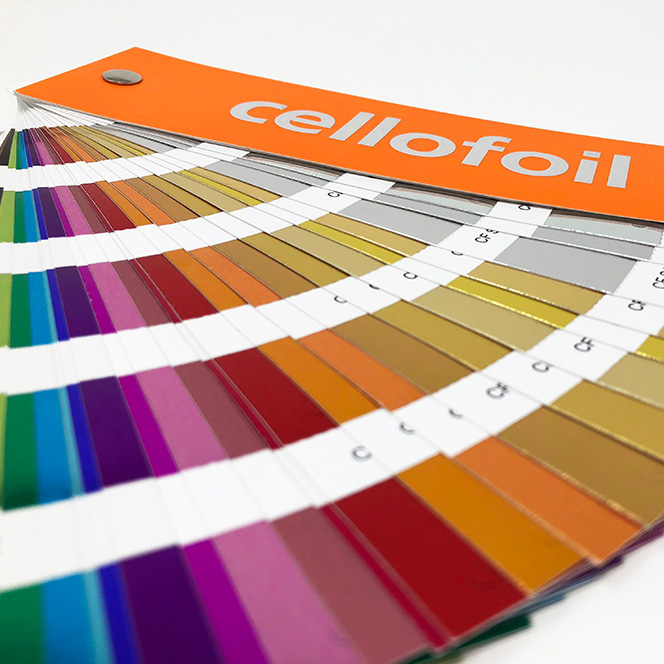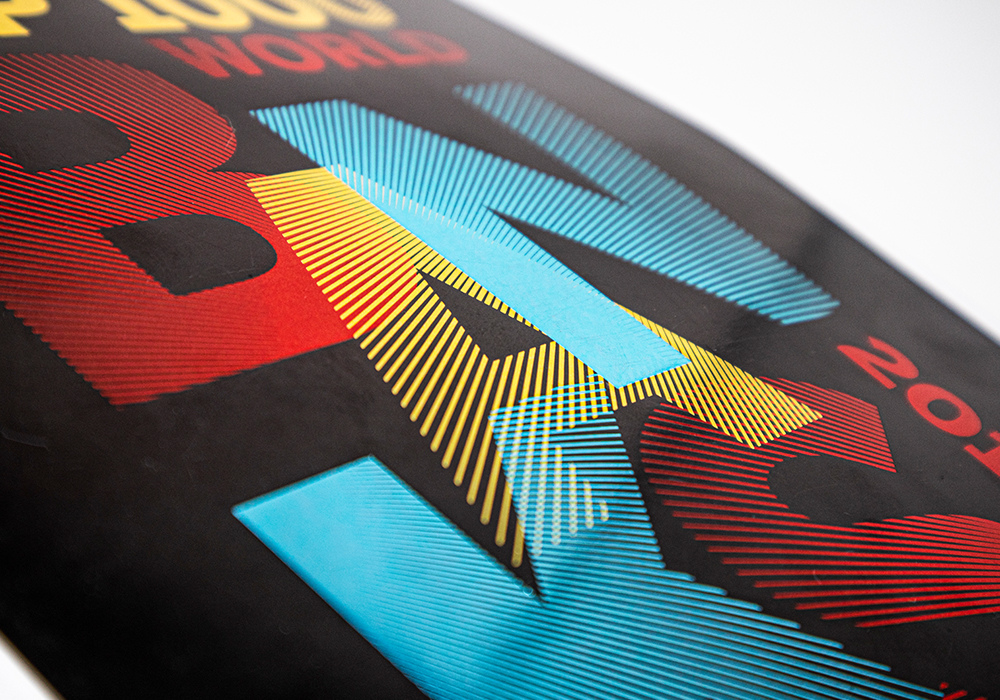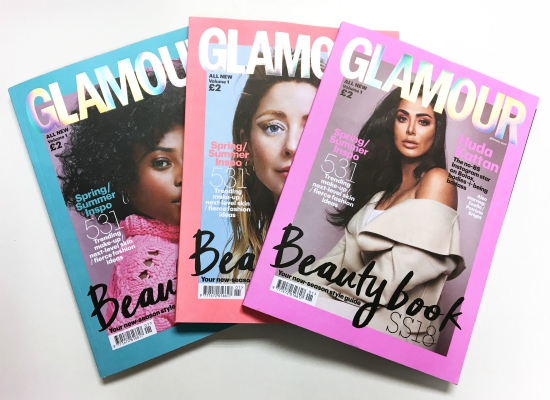Oct 21 Finishing School
Is foil blocking environmentally friendly?
The industry quite often comes up against the misconception that to be environmentally friendly in packaging and print, aesthetics and an attractive finish must be compromised. In fact, many people simply don’t believe the two – sustainability and an attention-grabbing end result – can go hand in hand. However, the truth is that it’s entirely possible to create that show-stopping design and decorative detail to set your brand apart safe in the knowledge it won’t impact negatively on the environment.

The need for sustainability is a long-term issue – one that retailers and marketers are proactively tackling by introducing initiatives to meet company objectives and government regulations. Foil blocking is one method in particular that offers striking results but is also recyclable and compostable.
Here, we discuss how all foil waste is recyclable, consider the different types of foiling and explain why this is such a sustainable finish.

What is eco-friendly foil?
Any type of foiling is environmentally friendly – all foil is recyclable – and so you’ll find people using various terms and wording to describe it. There are different ways to foil and each have benefits depending on the end use and requirements.

Cold foiling is foil applied by a printing plate using adhesive and is sometimes claimed to be or positioned as more “eco”. However it just uses adhesive rather than heat to apply a similar foil and both the finished product and any waste generated is recyclable. Any unused foil is recycled as conventional foil is. Hot foil, meanwhile, is applied using a die. The foil has an adhesive layer on its reverse that’s activated by heat from the die to create the impression on a flat surface. Hot foil is brighter and gives off more shine because the surface of the board is compressed by heat and weight from the machine via the die. There’s no heat and little pressure used in cold foiling, which results in the foiling being less shiny. However, both hot and cold foil can be printed over to produce different colours.

At Celloglas, we recycle all our foiling waste. We’ve been certified Zero Foil 2 Landfill by the British Printing Industries Federation (BPIF) and Prismm Environmental, which means that none of our waste goes to landfill. The scheme aims to ensure that wasted foil produce is directed away from landfill sites and goes straight to the recycling centre. We recently launched one of our most innovative products, Mirri Eco. This fully recyclable product is formed by metallising the board itself, which means there’s no need for the plastic usually found in the production of transfer metallised products.
Want to know more about how Celloglas and Mirri can help marketers and retailers become as environmentally friendly as possible? Take a look at our lamination and varnishing and coatings eco credentials.

